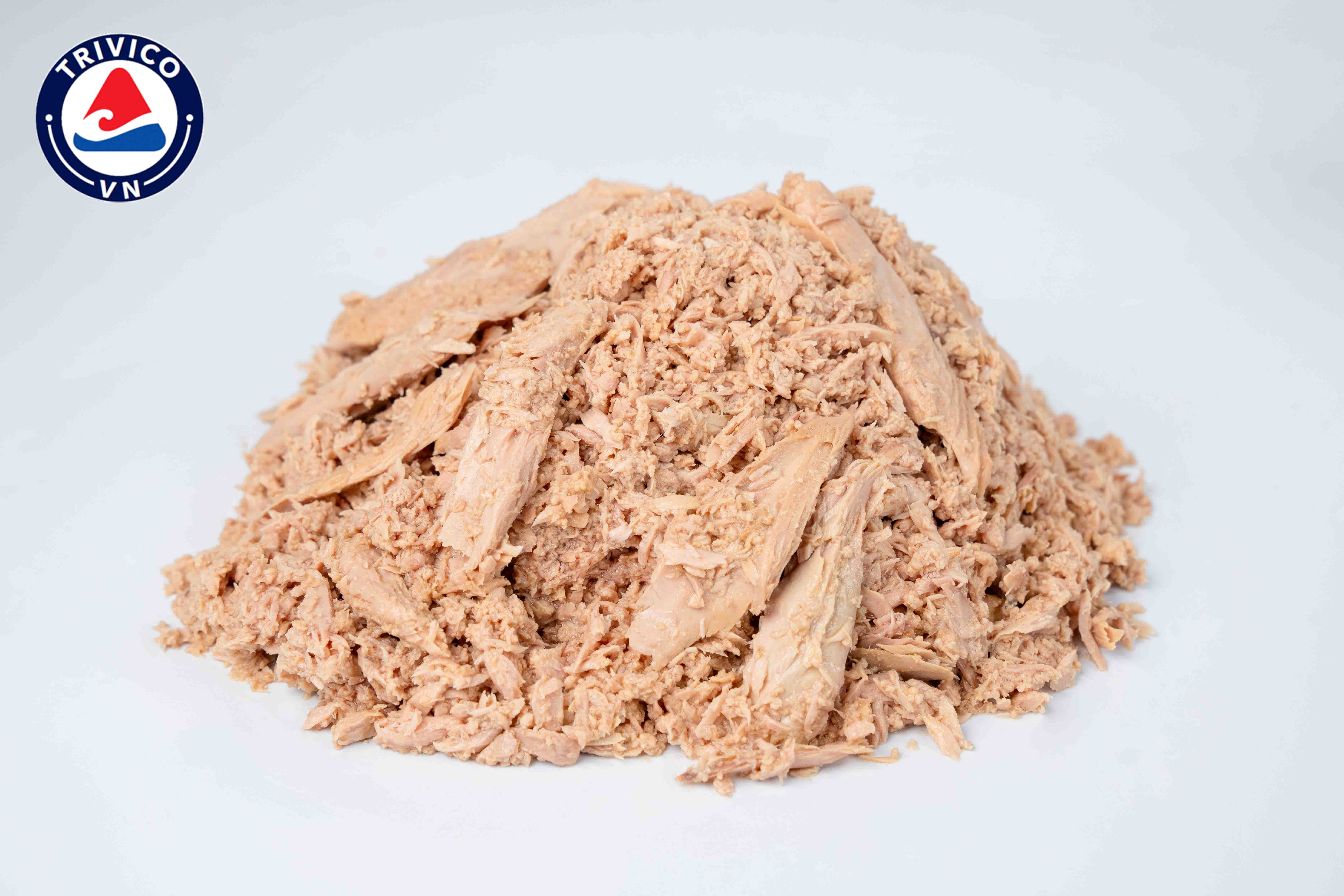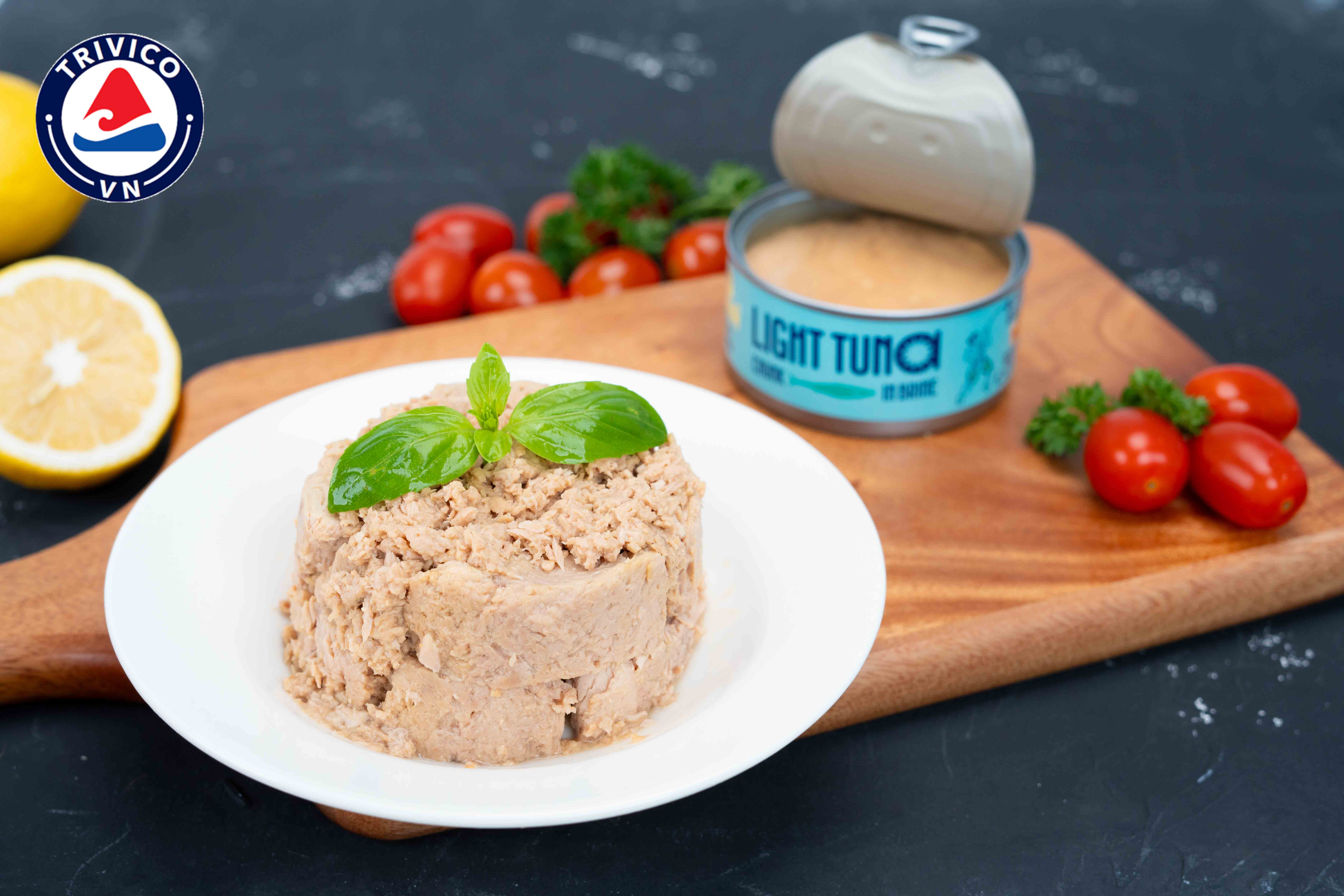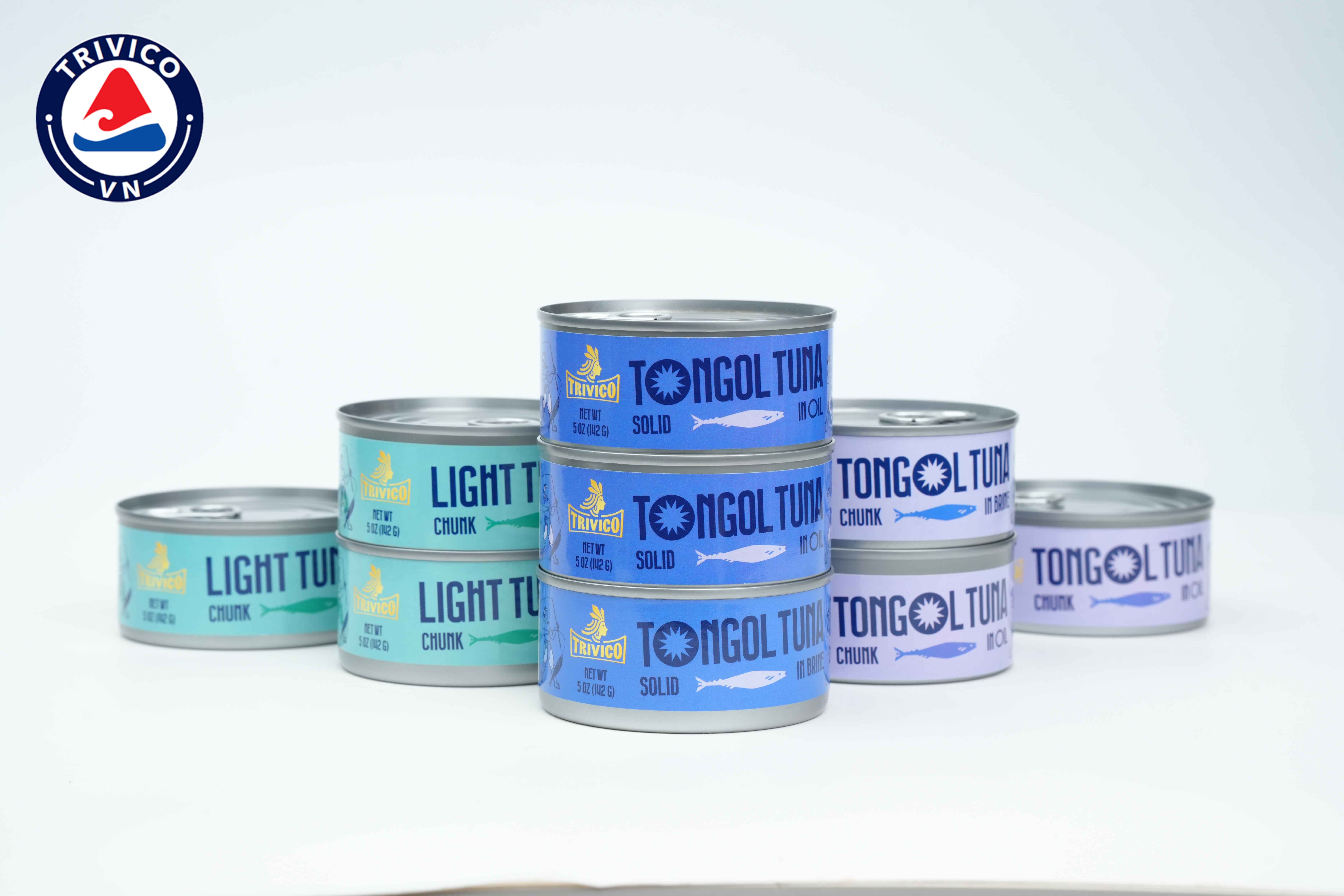
News
 Trinityvietnam
Trinityvietnam
 11:29 - 15/07/2025
11:29 - 15/07/2025
🐟 Tuna Market Trends 2025: Competitive Edge for Nations That Adapt and Upgrade
📊 Stable Growth amid Market Restructuring
In 2025, the global tuna import market is projected to reach 1.75–1.8 million tons, valued at over USD 9 billion. This represents a slight increase from 2024, driven by stable demand and sustained high raw material prices.
Leading importers of processed tuna continue to be the U.S., Spain, Italy, France, the U.K., and Japan, accounting for over 55% of total global imports. Meanwhile, emerging markets such as Egypt, Lebanon, Lithuania, Romania, and Libya are showing promising growth, thanks to rising demand for affordable, convenient food products.
Trade policy shifts in the U.S. and geopolitical volatility in the Middle East are expected to further shape export directions. Emerging markets are likely to be more aggressively explored.

💡 Value-Added Products Drive the Growth
A key trend in 2025 is the shift away from traditional canned tuna toward value-added products like frozen tuna loins, vacuum-packed loins, sashimi-grade cuts, and ready-to-eat items.
Major retailers in the U.S., Europe, and Japan are increasing demand for these products, reflecting changing consumer preferences and rising health consciousness. Many importers now prefer contract processing over raw material imports—outsourcing value-added production to countries like Thailand, Vietnam, the Philippines, and Indonesia to save time and ensure better quality control.
🌏 Asia Leads Supply, But Faces Compliance Pressure
Asia remains the core supply region, with Thailand, Vietnam, the Philippines, and Indonesia leading in exports—from whole frozen tuna and loins to canned and deeply processed products.
However, Asian suppliers are under growing pressure to enhance product standards to meet strict requirements from the EU and U.S. in terms of traceability, food safety, and sustainability certifications like MSC and Dolphin Safe.
At the same time, South American and West African countries—notably Ecuador, Ghana, and Côte d’Ivoire, which enjoy preferential tax treatment in the EU—are intensifying competition in the market.
⚠️ Persistent Challenges: Tariffs, Climate Change, and IUU Fishing
The 2025 market faces multiple risks:
-
Tariff increases by the U.S. on certain tuna categories are raising import costs.
-
Climate change and shifting ocean currents are disrupting tuna migration patterns and reducing catch volumes in traditional fishing grounds such as the Pacific and Indian Oceans.
-
Illegal, Unreported, and Unregulated (IUU) fishing remains a global concern. The EU, U.S., and Japan are expanding IUU watchlists, forcing exporting countries to improve fishery management and regulatory compliance.
🔍 Transparency Becomes the New Standard
Modern consumers—especially in Europe and North America—demand greater product transparency and traceability. Exporters must now invest in QR code systems, blockchain, or real-time tracking from vessel to factory to supermarket.
In addition, large importers are prioritizing partnerships with FAD-free fleets or handline fishing operations, gaining a competitive edge in the sustainability-driven market.
🎯 Outlook: Competing on Quality, Not Just Price
While 2025 may not see a dramatic surge in import volumes, it marks a critical turning point in market structure:
-
Product upgrading
-
Transparent supply chains
-
Compliance with international standards
will become key competitive differentiators.
Nations and enterprises that adapt to sustainability trends, ensure traceability, and diversify product offerings will emerge as long-term winners in the multi-billion-dollar global tuna market.














